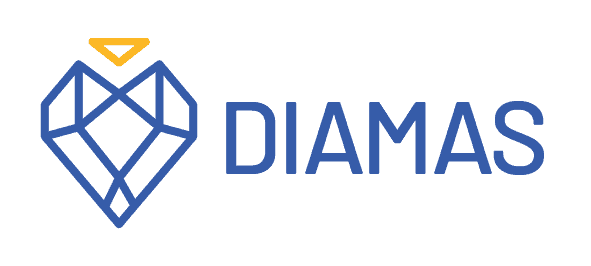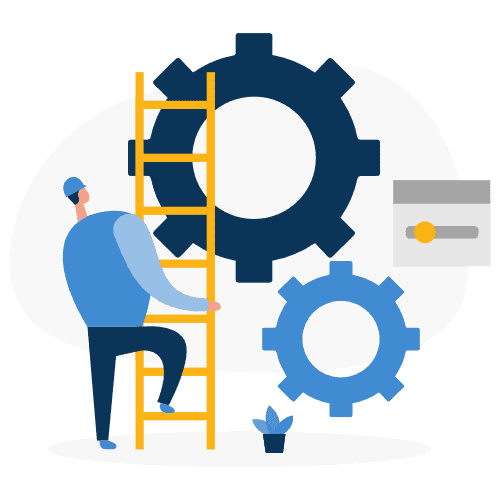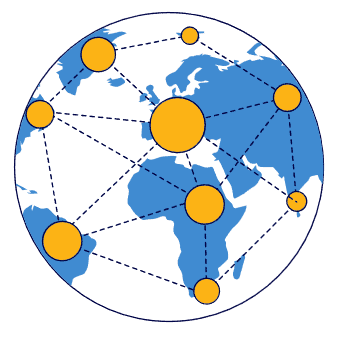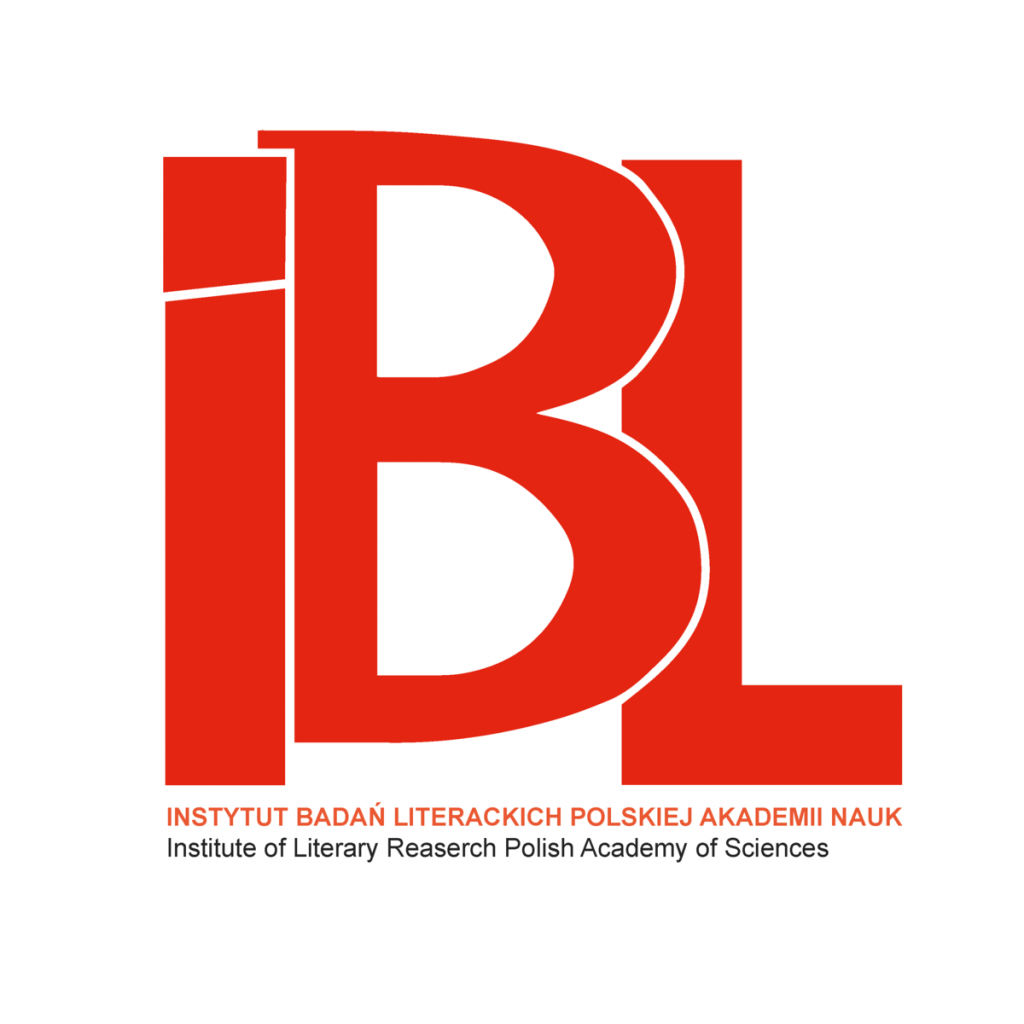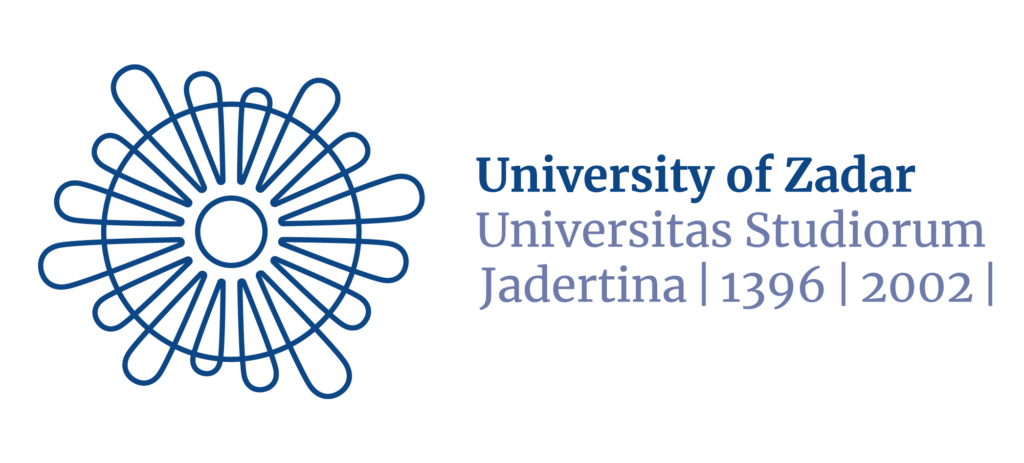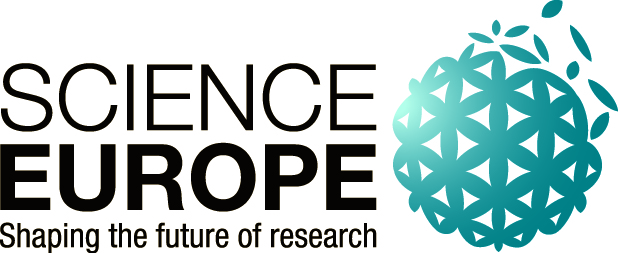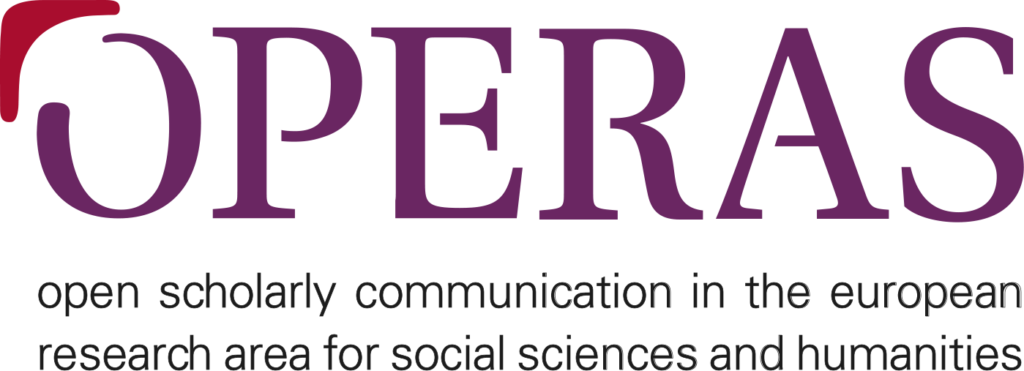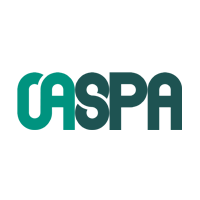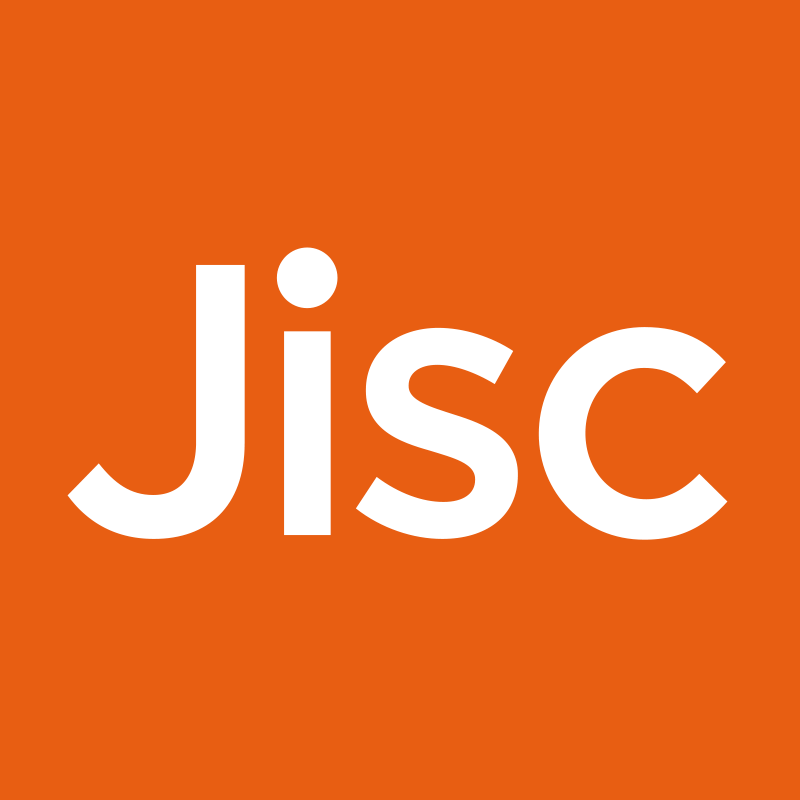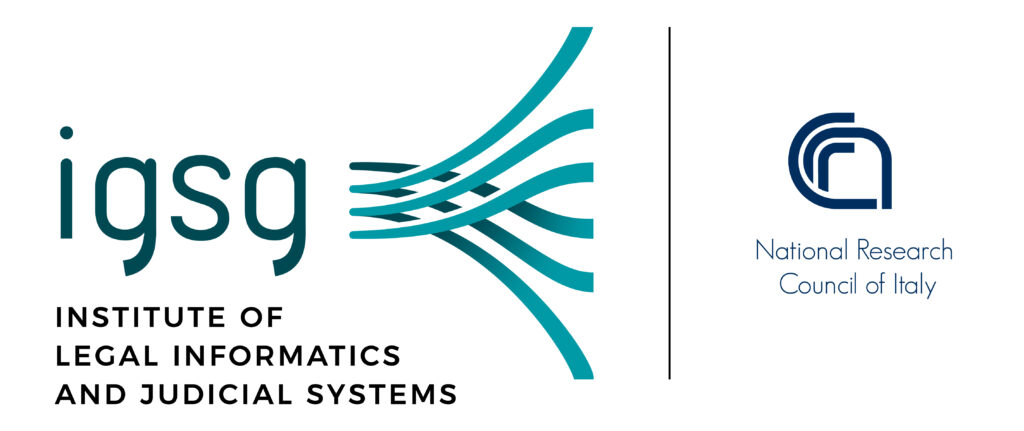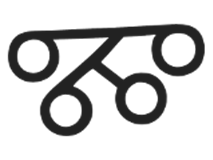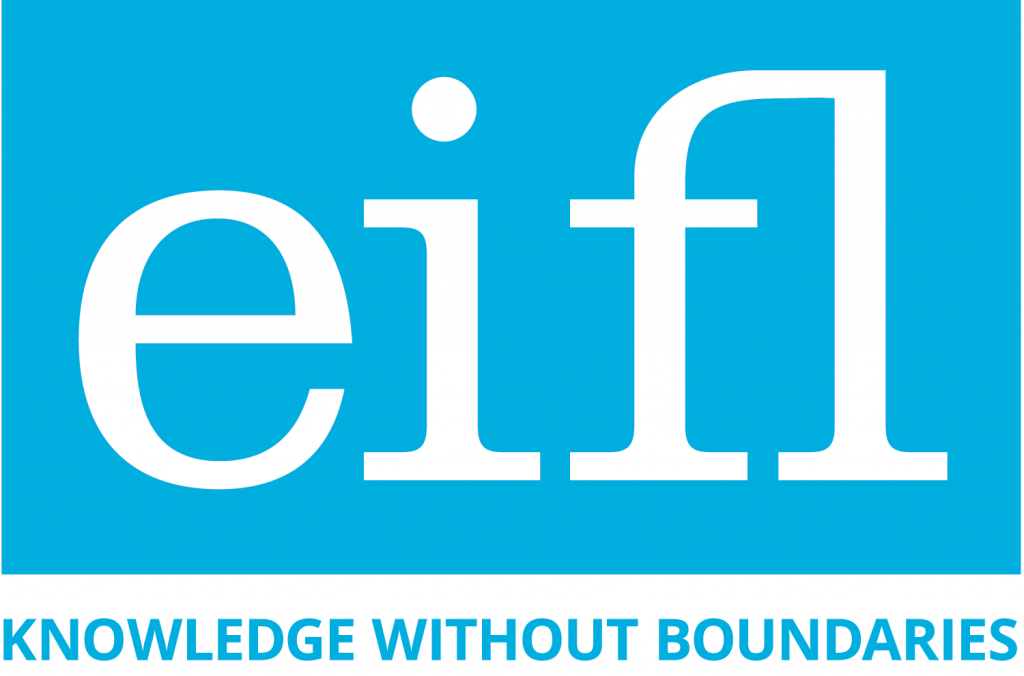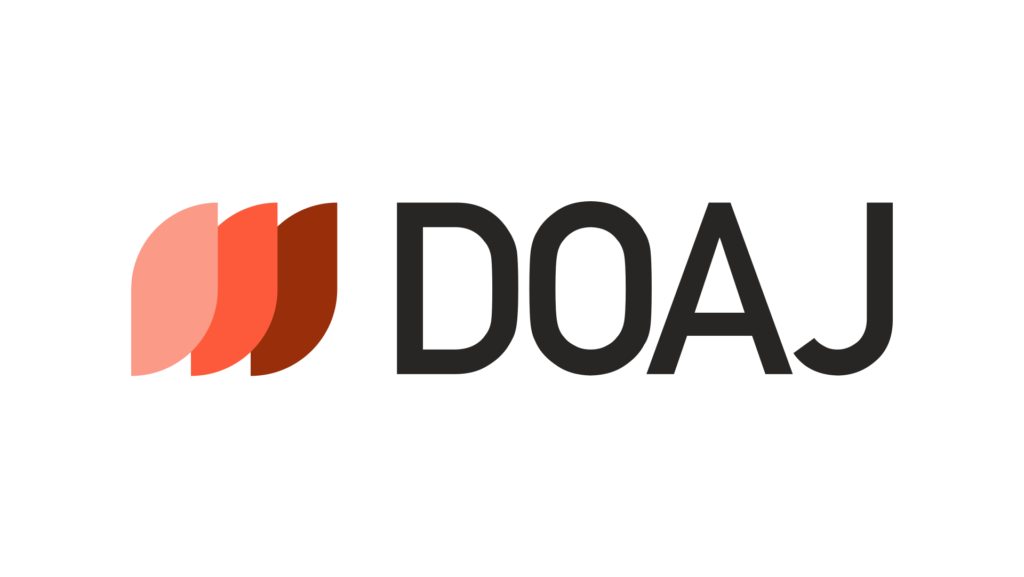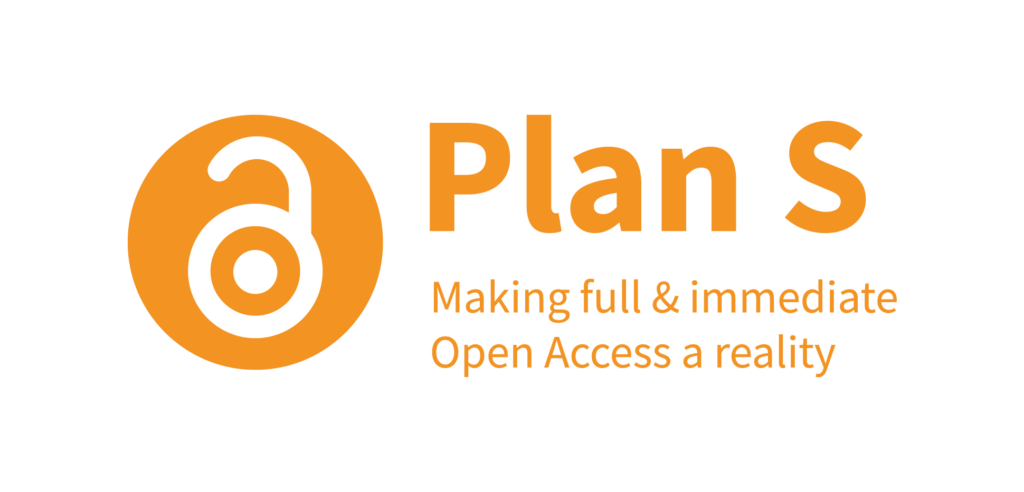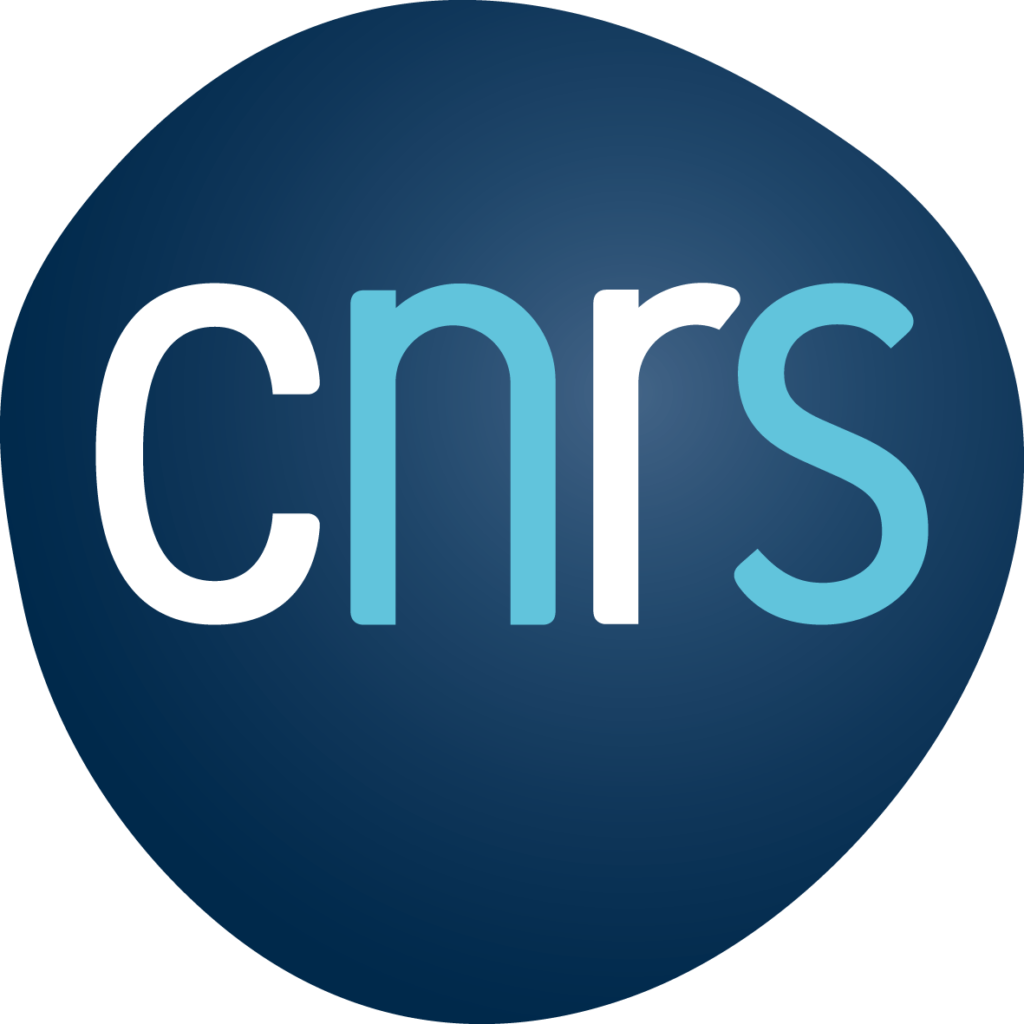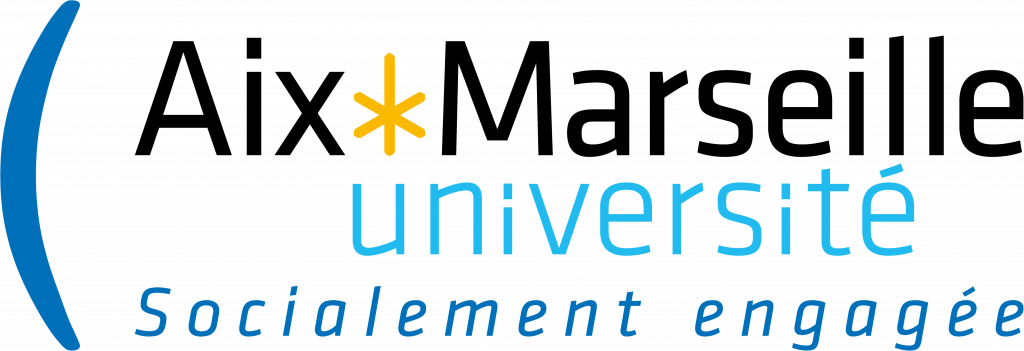Academic libraries play important roles in the Diamond Open Access ecosystem. Libraries provide infrastructure and services, as well as training and expert support to institutional publishers, but they can also be publishers in their own right. DIAMAS seeks to support them in these roles.
Knowledge and guidance
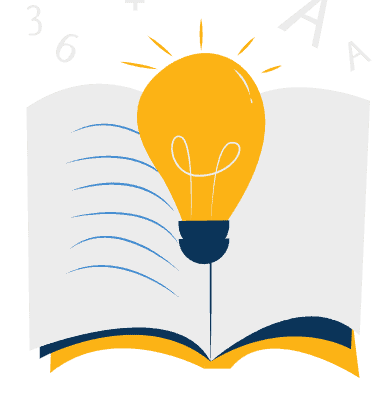
- Evidence-based research on the landscape of Diamond OA publishing.
- An international quality standard for Diamond OA publishing.
- Recommendations and Guidelines for funders, policy makers and institutional leaders to support your advocacy efforts.
- The Diamond OA Capacity Centre offering a toolsuite, guidelines and training materials.
Tools
- Publishing quality self-assessment tool.
- Financial sustainability self-assessment tool.
- Multilingualism and EDIB tools.
- Collaborative tools.
Networking opportunities
- The Diamond OA Capacity Centre, as a virtual capacity network, will also provide a community forum.
- The registry of institutional publishers and service providers.
Take action!
- Co-design training materials.
- Raise the profile of institutional publishers and improve sustainability with the DIAMAS resources.
- Engage researchers and raise awareness about the quality in Diamond OA.
- Support advocacy efforts with the DIAMAS recommendations for funders, policy makers, and institutional leaders.
Diamond Open Access Landscape in Europe: What do we learn from the DIAMAS landscape analysis?
In 2023, a survey was conducted to learn more about the landscape of institutional publishing in the European Research Area. Here is what we have learned.
Who are institutional publishers?
- 85% of organisations involved in institutional publishing are non-commercial or not-for-profit (private or public).
What do they publish?
- 90% publish journals and the majority also publish other outputs (books, conference outputs, etc.).
How open are their publications?
- 90% of journal articles, 76% of conference outputs and 58% of books are Open Access (OA).
How do they sustain their publishing operations?
- They rely on various income streams but their budgets are usually small (49% operate on <50K EUR). That is why they often rely on non-monetary and in-kind support from their parent organisations, sometimes having to negotiate for resources such as personnel.
How do they provide the publishing infrastructure?
- Many rely on parent organisations but they also collaborate with various service providers. Notably, more than 70% use publishing platforms based on open-source software (most commonly PKP’s Open Journal Systems).
What challenges do they face?
- Along with financial challenges and efforts to improve quality, many struggle with archiving and digital preservation.
- Many encounter challenges when applying for indexation in international databases.
- Equity, Diversity, Inclusion and Belonging (EDIB) dimensions are not yet an accepted standard in scholarly publishing, due to the lack of resources and expertise, awareness and technical limitations.
Diamond Open Access (OA)
Publishing initiatives that do not charge fees to authors or readers, i.e. ‘no fee’ publishing models.
Institutional publishing
Publishing by academic organisations whose main aim and scope is to perform, fund, or promote the practice of research and scholarship. Institutional publishers (IPs) are research performing organisations, research funding organisations, learned/scholarly societies, (national) academic and not-for-profit foundations, including academic communities and (groups of) editors owning journals. They carry responsibility for governance and ownership of research outputs.
Service providers
External organisations providing support to institutional publishers for services.
